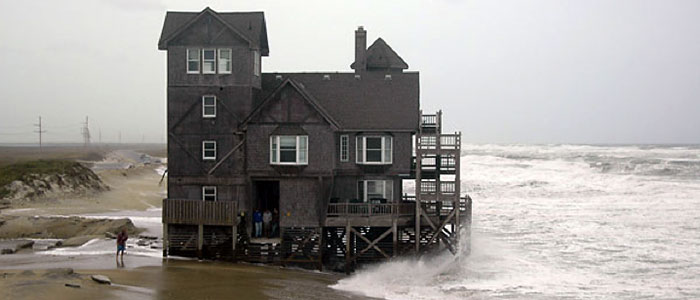Risk & Insurance
The concept of insurance and risk management dates to the ancient Chinese and Babylonian civilizations, in the second and third millennium BC. The modern concept of insurance, the one that you likely think of, if you think of insurance at all, dates to the coffee houses of London, especially the one founded in 1688 by Edward Lloyd, which has evolved over the last 400 plus years into what we know today as the Lloyds of London. Insurance businesses over the course of time have not only specialized in financing risk and transferring risks from one person or entity to another, but along the way have demanded countless improvements in the risks that they are willing to underwrite and insure. In many cases, modern construction standards are the byproduct of what the insurance industry has demanded to help reduce, mitigate, or eliminate obvious risks. For example, for fire insurance purposes, innovations such as fire sprinkler systems and fire hydrants were first advocated and in some cases required before an insurance company was willing to write a given risk. |
SIGN UP |
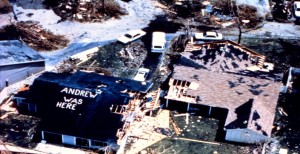
Hurricane Andrew, which devastated much of South Miami Dade County in 1992 and caused an estimated 20 billion dollars in damage, has led to dramatic improvement in construction standards and especially windstorm mitigation in the decades after that storm passed through our community. Today, our local windstorm construction codes are some of the most rigorous, perhaps the most rigorous, in the country. A building or a home that includes extensive windstorm protection, such as the way its roof is constructed or the use of impact rated windows and doors, all lead to the lowest possible cost of insurance and in some cases are vital to obtaining any insurance what so ever.
The insurance industry is an important tool to protect consumers and businesses from the risks that they face. A homeowner’s policy, for example, is designed to protect one’s home from a variety of risks such as fire, windstorm and theft. But the importance of insurance, along with coverage being both available and affordable, is also important to many other businesses. A homeowner that can’t obtain coverage on their home impacts the real estate and lending industries. That same homeowner pays taxes to their local City and County, but without insurance it’s unlikely that most citizens can afford to bear the risk of owning their home and, thus, can’t pay their taxes. My family knows a thing or two about insurance and has been in the insurance industry for three generations, since 1910, starting with my great grandfather, my grandfather, and today both my father and mother. Needless to say, we know a little bit about risk and insurance, but it is also clear that scientists increasingly believe that the insurance industry might be the key to creating, even requiring, solutions to the risks that our community faces from rising sea levels. The idea that the insurance industry may demand that our community address the risks that we face related to sea level rise is a growing, if not yet well known, concept. Even the scientific community is aware of the importance that insurers and reinsurers may play in making the public aware of the sea level science, as well as the threats we face while also work with stakeholders throughout the community to try and find solutions for our future. As a result of the importance that the insurance and reinsurance industry are starting to play in the sea level rise and global warming conversation, I am pleased to include a range of resources to help educate you on of how those industries view our region and this risk. |
|
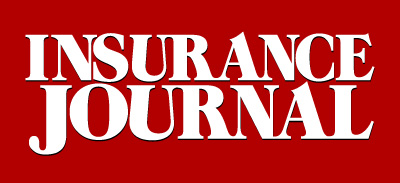
What Happens if Trump Pulls U.S. Out of Paris Agreement?By: Don Jergler, Insurance Journal |

Could Global Warming Really Bankrupt the Insurance Industry? Some Leaders Say YesBy: Tom Randall, Insurance Business America Magazine |

Warren Buffett Slammed for Dismissing Climate Change as Potential Worry for InsurersBy: Caitlin Bronson, Insurance Business America Magazine |
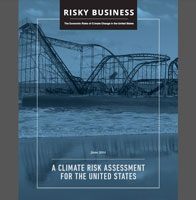
A Climate Risk Assessment For the United StatesBy: Risky Business |
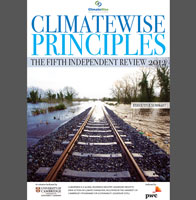
ClimateWise PrinciplesBy: ClimateWise |
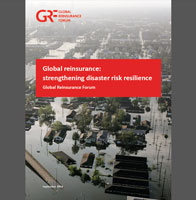
Global Reinsurance: Strengthening Disaster Risk ResilienceBy: The Global Reinsurance Forum |

Managing Liabilities of European Carbon Capture & StorageBy: ClimateWise |
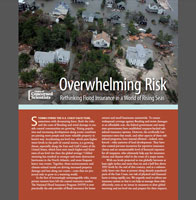
Overwhelming RiskBy: The Union of Concerned Scientists |

For Insurers, No Doubts on Climate ChangeBy: Eduardo Porter, The New York Times From Hurricane Sandy’s devastating blow to the Northeast to the protracted drought that hit the Midwest Corn Belt, natural catastrophes across the United States pounded insurers last year, generating $35 billion in privately insured property losses, $11 billion more than the average over the last decade. |
